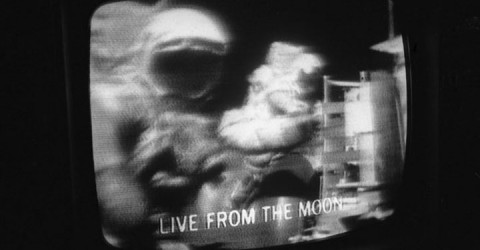When I started to print, many good and legendary papers had already disappeared, and in fact were vanishing that very month. I went on a wild goose chase to acquire some DuPont Velour Black; never found any. Ilford’s Ilfomar was still available in Canada, but not for long, either. I suspect part of the Velour allure was/is the same as it is for all things gone: one wants what one cannot have.
The high school used to stock single-weight Agfa Brovira (fiber-based, not resin-coated) in 500-sheet boxes, in all six grades. (There was an elaborate system of distribution and labeling that I swear took half of each class period, and somehow it all worked out.) Every Agfa paper I ever encountered was very good. Many workers swore by the silver-rich Portriga-Rapid, which faltered for a few years in the 1990s which its formulation was made to conform with new environmental standards; a paper not sold in this country, Record Rapid, had such a reputation that I found some on a trip to London; later it was introduced here as Insignia. It was great, but did not age well in the box. Toward the end (of Agfa) their paper of reputation was Multicontrast Classic (MCC). HS Ph.D.s used quite a lot of this variable-contrast, double-weight fiber paper in 11×14 before it disappeared. A friend of mine tried to buy some at Central Camera; the clerk said, “We’re all out. Some guy named Friedlander called from New York and bought it all.” Now Adox is re-introducing a paper called MCC 110, modeled after Multicontrast Classic, and it’s shipping in September.
Not everyone would necessarily agree, but for moi, whatever paper I would try, it seems I always returned to Ilford Galerie, a top-o’-th’-line double-weight fiber paper made in Grades 1 through 4. (I just finished a box of Grade 1 purchased sixteen ears ago; sniff.)
Kentmere is currently part of Harmon (Ilford), and makes very nice stuff. Oriental papers are quite good, and have their adherents. Forte made beautiful papers, and there are rumors of re-appearance. Kodak made Azo, which was contact speed, not at all suitable for enlarging. Typically, I’ll expose it four feet from a 75 watt bulb for around two minutes. Now, two photographers in Pennsylvania have contracted to have a replacement paper made, called Lodima. Lately, folks on the pure silver e-mail thread are talking about good characteristics of Arista II VCFB, calling it the world’s cheapest paper. We’ll have to get some and see for ourselves, right?
For general information on how to choose and use papers, see:
7/22 Update from Dr. Rudman: “Potentially exciting news is about to be released from Harman Technology / Ilford Photo. They will announce their commitment to develop a new Fine Art silver gelatine paper suitable for Lith Printing and toning, which it hopes “will be every creative printer’s dream”. This development is part of their ‘Defend the Darkroom’ campaign, which “aims to safeguard the future of darkrooms and associated creative techniques“. The new product will be a variable grade, double weight, fibre based black & white paper ideal for Lith printing and toning.” Stay tuned for this. To get the e-mail updates from the World Of Lith Printing, which is a unique style of printing with its own darkroom methods, see http://www.timrudman.com/
Leave a comment
No comments yet.

Leave a comment